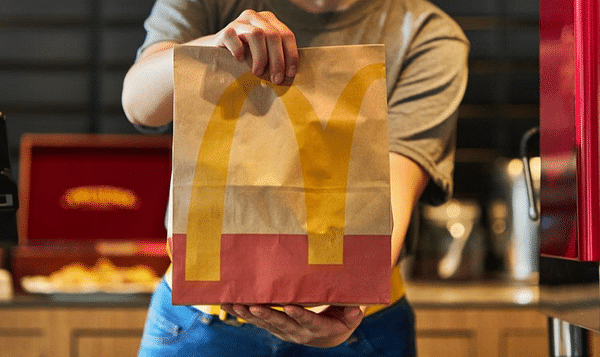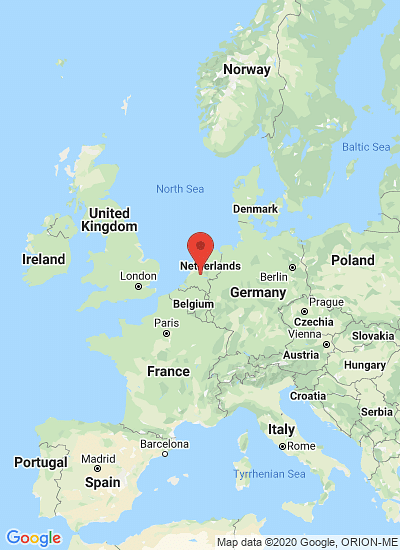De volgende aardappelverwerking gerelateerde materialen komen voor in een lange lijst van grondstoffen die benut kunnnen worden voor biobrandstof:
Frituurvet: Afvalverwerker Greenmills bouwt in de Amsterdamse haven een fabriek die gebruikt frituurvet omzet in biodiesel. Opening is gepland eind 2008. Het frituurvet is afkomstig van onder meer McDonalds, dat zijn vrachtwagens graag wil laten rijden op afval uit de eigen hamburgerzaken.
Aardappelen: De gebroeders Henk en Jaap Bosma in het Drenthse Zuidvelde openen in september de grootste bio-ethanolinstallatie van Nederland, waarvoor ze aardappelen als grondstof gebruiken.
Aardappelschillen: Een bedrijf als Farm Frites haalt reeds elektriciteit uit zijn aardappelschillen. De Belgische aardappelverwerker Remo-Frit wil er ook biobrandstof van gaan maken.











